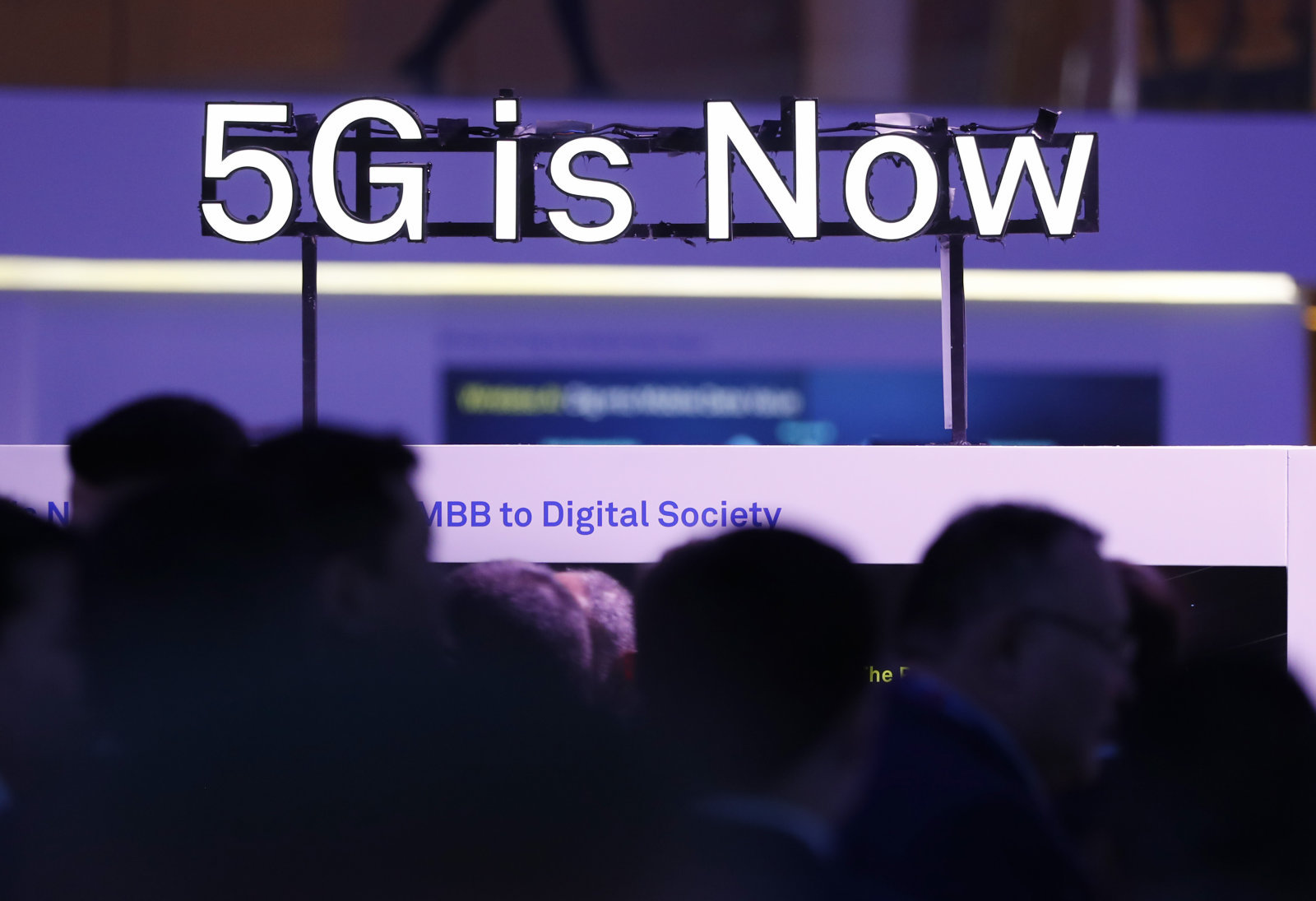
The auction for 700, 1,500 and 2,100 Mhz bands, which will provide data rates needed for autonomous driving and to connect machines and production sites, is planned for spring 2020, RTR chief Klaus Steinmaurer told a news conference in Vienna.
In contrast to Austria’s first 5G auction of the 3.4 to 3.8 GHz band, which will mainly speed up data services in densely populated areas, the 2020 licenses will not be divided among regions but be awarded nationwide.
To encourage bidders to connect as many communities as possible, the regulator plans to attach requirements and incentives to the allocation of the frequencies.
New licenses will only be granted under the condition that the acquirer will provide fast internet for a certain number of communities that are currently poorly supplied. The buyer can supply more communities than required for a discount on the purchase price depending on the number of extra communities.
From Next Year: Qualcomm to put 5G chips in phones
Potential bidders are invited to discuss the conditions and targets until October 21, Steinmaurer said.
Austria’s three major mobile network providers, which all bought licenses in the first round, are A1 Telekom Austria, which is controlled by Mexican tycoon Carlos Slim and the Austrian state, Deutsche Telekom’s Magenta Telekom and Chinese Hutchison’s Drei Austria.
Deutsche Telekom has said it would invest a total of 1 billion euros until 2021 to build its 5G network in Austria.
A1 Group, in which the state holds 28.4%, has said it would cooperate closely with state-controlled firms including rail company OeBB, motorway operator Asfinag and residential property group BIG in expanding and upgrading networks to be fast and keep costs low.
Huawei shows off ‘most powerful’ chipset as forges ahead with 5G smartphone plan
Austria’s economic power is largely based on medium-sized enterprises and highly specialised small businesses with many of them, including chip supplier AMS, emissions test specialist AVL List and fire truck maker Rosenbauer, niche market leaders.
The government aims for main traffic routes to have 5G services available by the end of 2023, and to have “virtually nationwide” 5G coverage by the end of 2025.























COMMENTS
Comments are moderated and generally will be posted if they are on-topic and not abusive.
For more information, please see our Comments FAQ